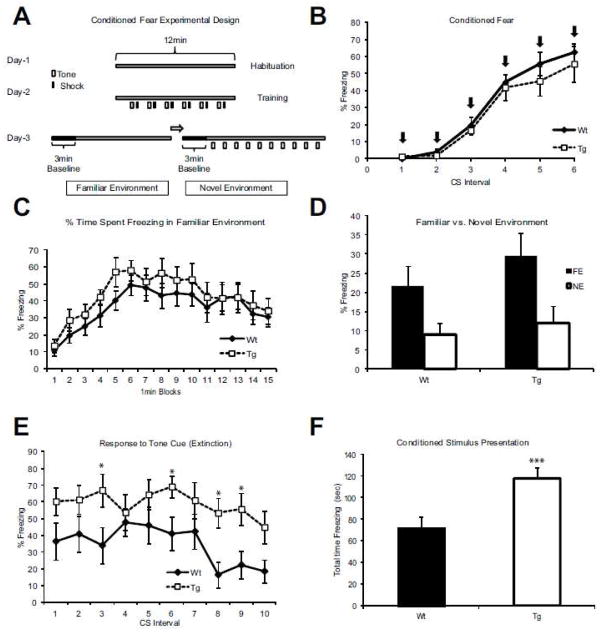Figure 2. Altered fear attenuation in Cnr1/Gad1 transgenic mice.
(A) Experimental design. The experiment was performed over 3 days (Smith et al., 2007). Day one: habituation phase for 12 min. Day two: training phase with 6 tone- shock pairs. Day three: context testing phase in the familiar environment with no tones over a 15 min period, followed by novel environment for 3 min, and concluded with 10 cue trials separated by 80 second intervals. (B) After a day of environment habituation on day two mice were conditioned to associate a tone followed by a foot shock. Over the course of 6 shock pairings (X-axis) both the Wt and the Tg learned the task equally well judged by the % of freezing response (Y-axis). Arrows denote the presentation of the conditioning stimulus. (C) Percent of time spent freezing in familiar environment was comparable between Wt and Tg mice. X axis denotes 1-minute intervals following the presentation of the condition stimulus (tone), Y-axis denotes % of freezing for each of the 15 intervals. None of the data points showed a significant difference between the Wt and Tg animals. (D) To assess hippocampus-dependent associative memory, we measured freezing % in the same familiar environment (FE) where training occurred, compared to a new novel environment (NE). This type of memory appears to be unaffected in our Tg line compared to Wt littermates. (E) In the novel environment, where a tone (but no shock) is presented, Wt mice display relatively little fear/freezing (Y-axis). In contrast, Tg are still freezing almost as much as at the end of the training day even after 10 trials with no shock. Asterisk denotes statistically significant differences for the cycles (p<0.05). (F) Total time spent freezing in response to tone alone on day 3, showing a significant increase in the time spent freezing in Tg animals in comparison to Wt littermates (p =0.001) (F-value =21.8). n= 13 Wt; n=11 Tg in all panels.

